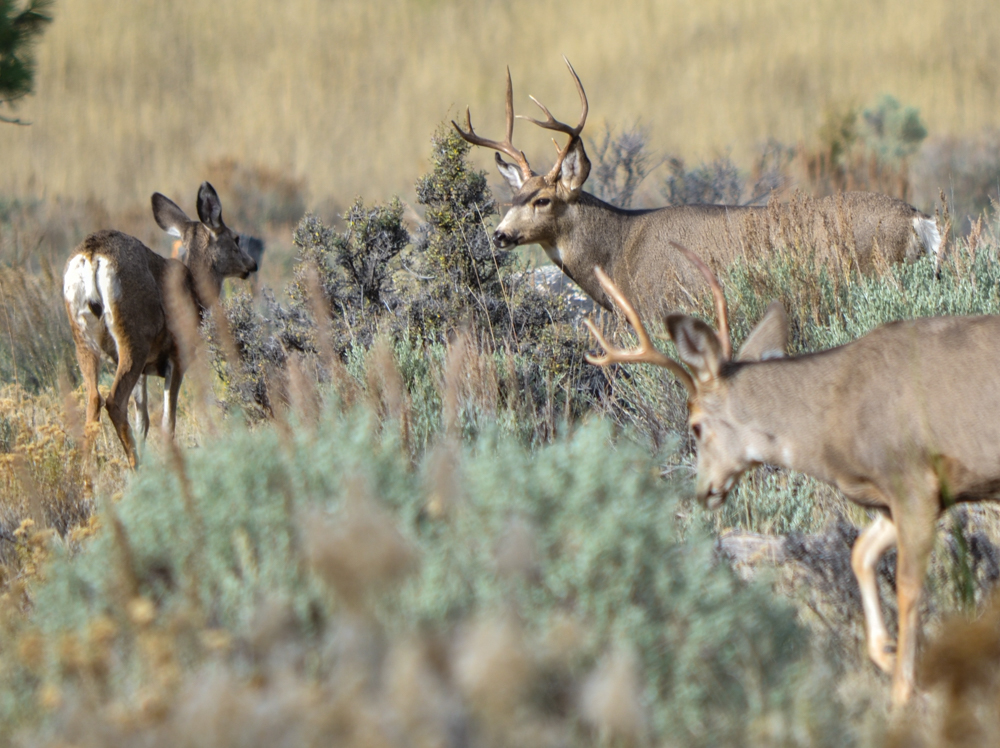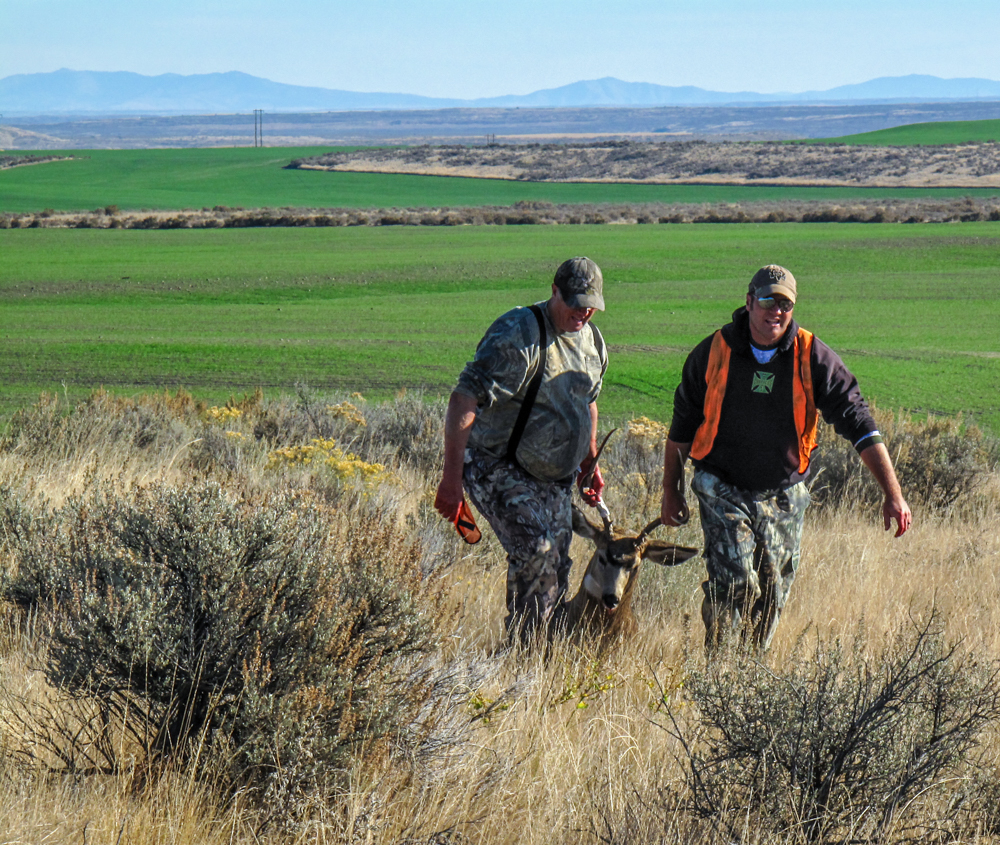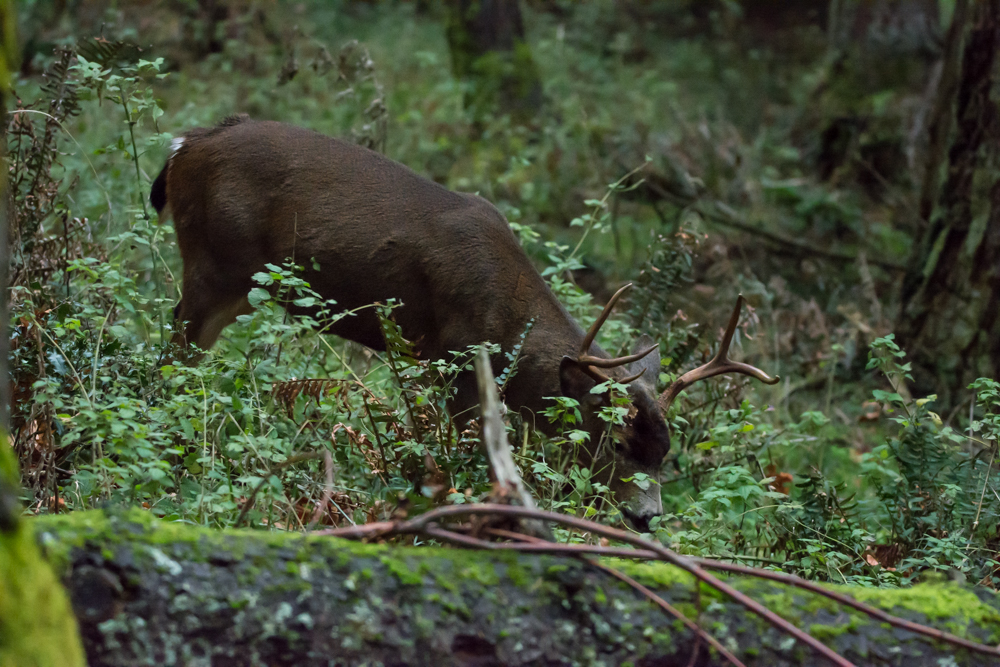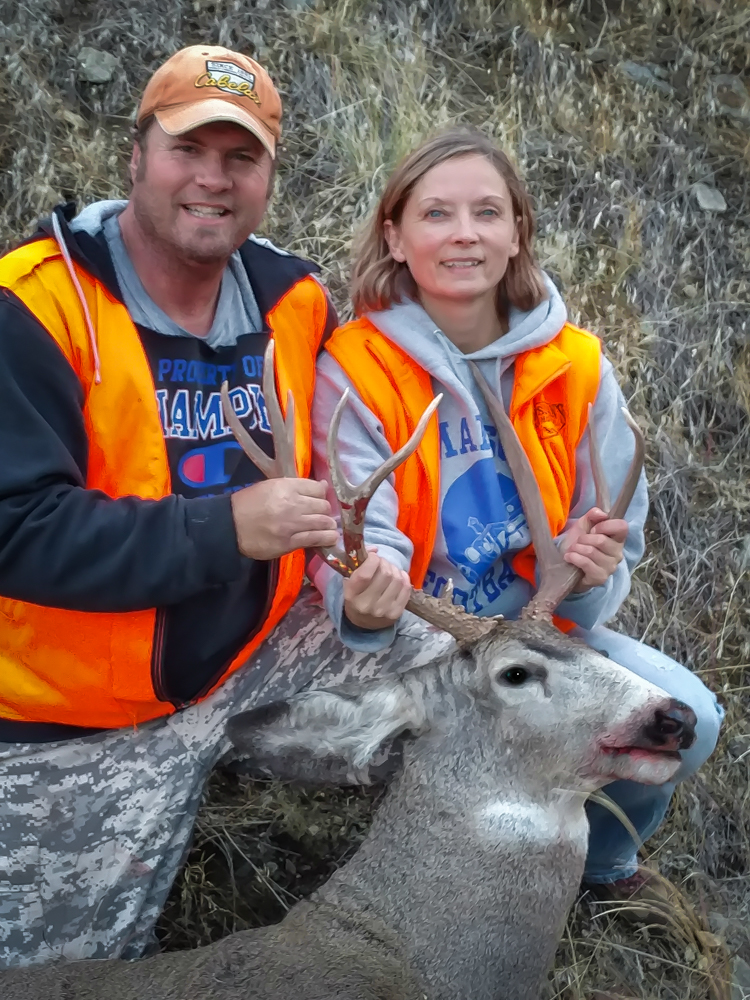Washington Deer Season Preview Leave a reply
Washington Deer Season Preview
By Jason Brooks
With archery deer season’s already underway and the end of the annual 10-day “high hunt” some Evergreen deer hunters already have notched their tags. Others that are looking forward to this upcoming Saturday’s muzzleloader opener or those eagerly awaiting the modern firearm season in just over two weeks will like to know what to expect. WDFW has published their annual “hunting prospects” so if you are a deer hunter then here’s an overall “what to expect” this fall.
Blacktail’s
One of the hardest animals to harvest is a mature blacktail buck. And this year it will even be harder to do after the areas around the Southern Puget Sound and Mt. Rainier had a decrease in population this past winter with biologist stating: “Deer harvest in District 11 has continued to decline since 2008, and most notably in 2017.”
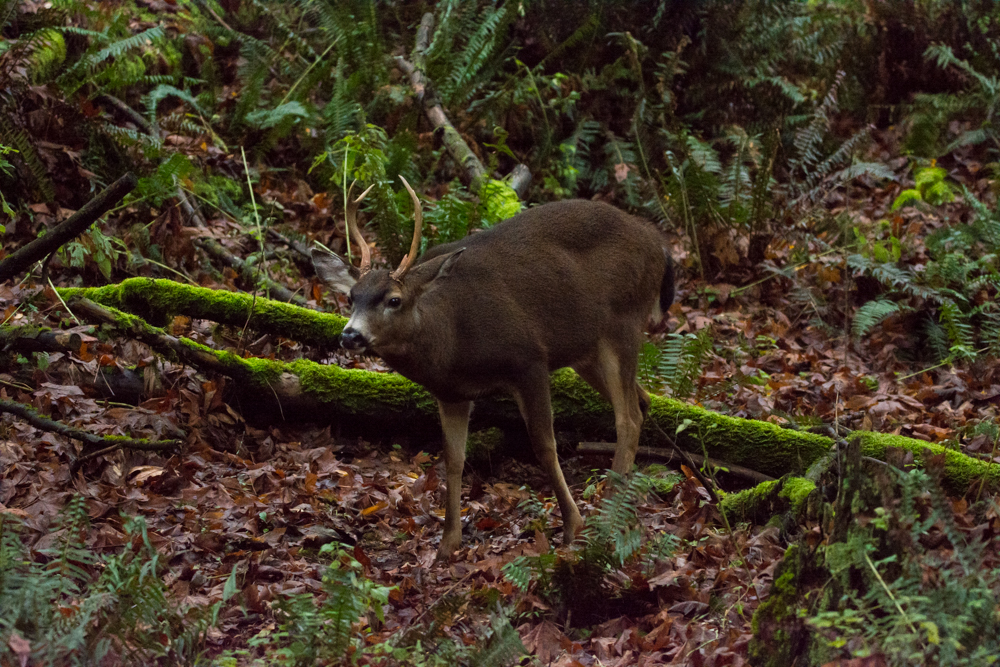
Actual numbers of blacktail in Washington are unknown but a current study by WDFW hopes to find out more about this deer-Jason Brooks
The actual number of blacktails are unknown but a five-year study on overall populations of deer and how timber harvest practices affect them is in its second year. This will eventually allow biologist to have a better understanding of the rain forest deer that inhibit Western Washington. Last year harvest was down overall, especially in District 11 which is primarily Pierce and Thurston County. If you are a blacktail hunter then you might want to give units in Lewis and Cowlitz Counties a try this year, especially Ryderwood, Coweeman, Winston, and Mossyrock as they have some of the highest harvest rates in the state for blacktails.
Mule Deer
The most prized of the three deer in Washington is probably the mule deer. From the Alpine along the Cascade crest to the Palouse and rolling hills of the Snake River the mule deer sees a lot of hunting pressure for the short 9-day modern firearm season. This summer was no different than the past four years with wildfire’s affecting some of the most popular mule deer units. The Cougar Creek fire up by Tyee Mountain will affect those that hunt the Entiat, Chiwawa, and Swakane areas. And the famed Okanogan herd once again had more fire burn up critical mule deer range with the Crescent Mountain fire in the Twisp River area. The mule deer outlook is mixed as reported by WDFW biologist for the Okanogan herd. With a 19 bucks per 100 does ratio this past winter the number of bucks is good overall, however low fawn recruitment was noted this past spring and since bucks must have at least 3 points on one side the buck to doe ratio isn’t the only factor. The prospects are that biologist are expecting a similar harvest as 2017 which was down from the previous years.
For the hunter looking to find a mule deer then look towards the Blue Mountains, Steven’s County and the Palouse if you can secure private lands access. WDFW has been working on re-vamping private lands access programs and there are some good “feel free to hunt” as well as “register to hunt” lands. Also look for those small parcels of public land as the deer will get pushed around on the private holdings and those pockets can provide a good hunt, especially on opening weekend.

Whitetails are found throughout Eastern Washington with most hunters heading to the Colville area-Jason Brooks
Whitetail
Washington boast a very healthy population of whitetails. Most are found on farmlands which means private land but there can be some good opportunities in Northeast Washington. Look towards Unit 117 and 121 which had the most deer harvested last fall, but also had the highest hunter density. If you are looking to get away from hunter’s then give unit 108 a try. For hunters who head to the Southeast corner of the state WDFW reminds them that the winterkill two years ago was significant and even last winter being mild is not enough to recover from the severe winterkill of 2016/2017.
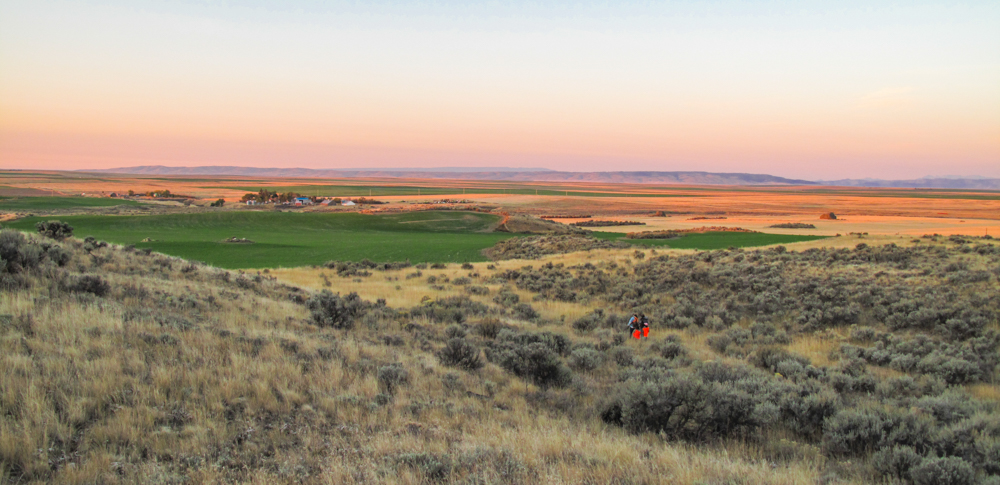
Open wheat fields offer the whitetail hunter a good opportunity if you can secure access-Jason Brooks
Overall the whitetail population near Spokane has been trending down since the outbreak of blue tongue in 2015, then the winterkill of 2016. Region 2 that surrounds Spokane noted that the harvest of whitetail bucks last year was slightly down as well but still boast a 26 bucks per 100 does ratio. Since whitetails are primarily found around farmlands your best bet is to locate private landowners willing to allow you to hunt. The seasons are also a little more liberal than the mule deer season, especially for muzzleloader and archery hunters in the late seasons.
Regardless of which deer subspecies you prefer to hunt in Washington the seasons is almost here. It is time to lace up the hunting boots and head for the woods. Hopefully this fall you will find that buck to hang your tag on.
Jason Brooks
The Outdoor Line Field Editor


